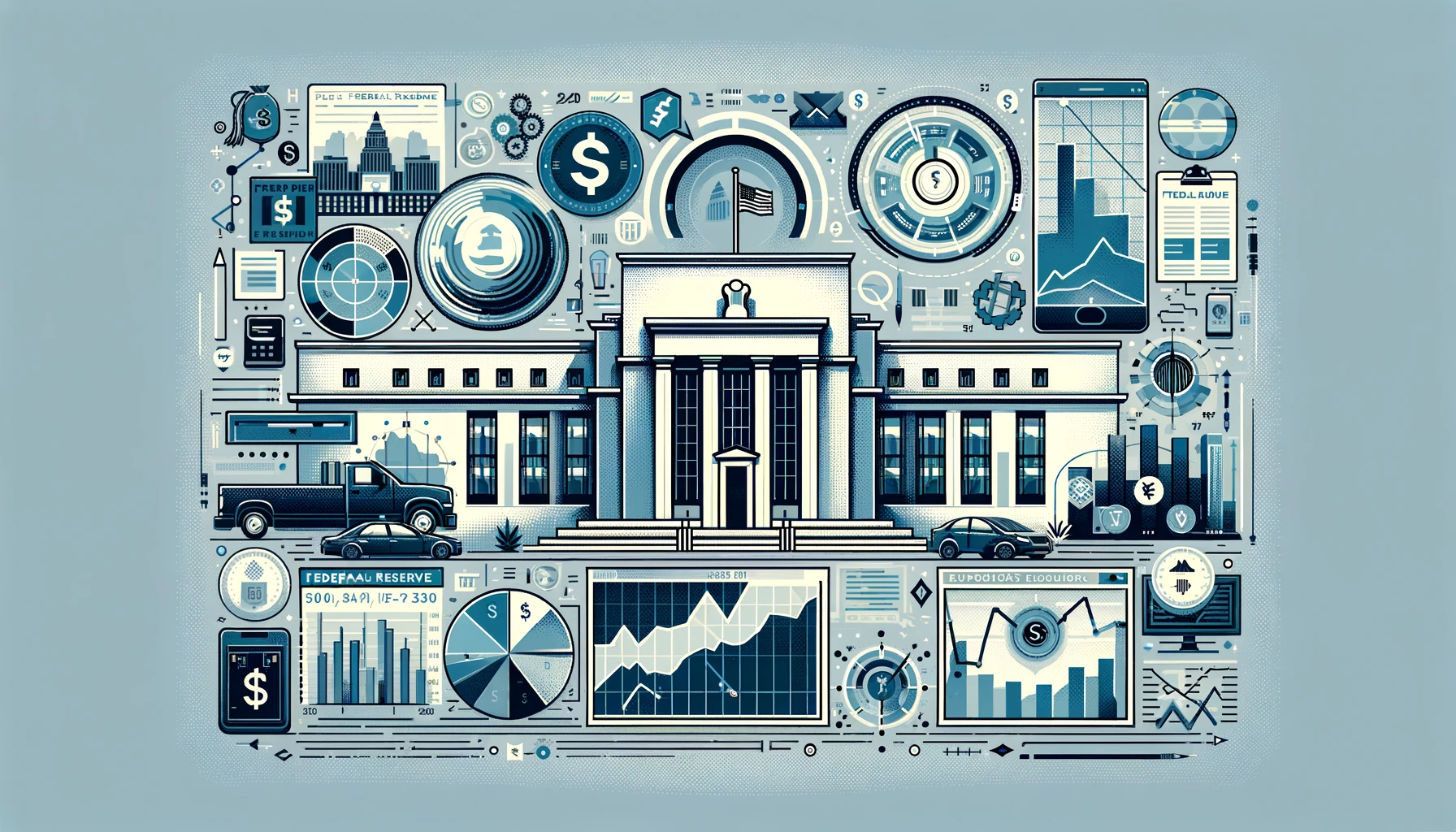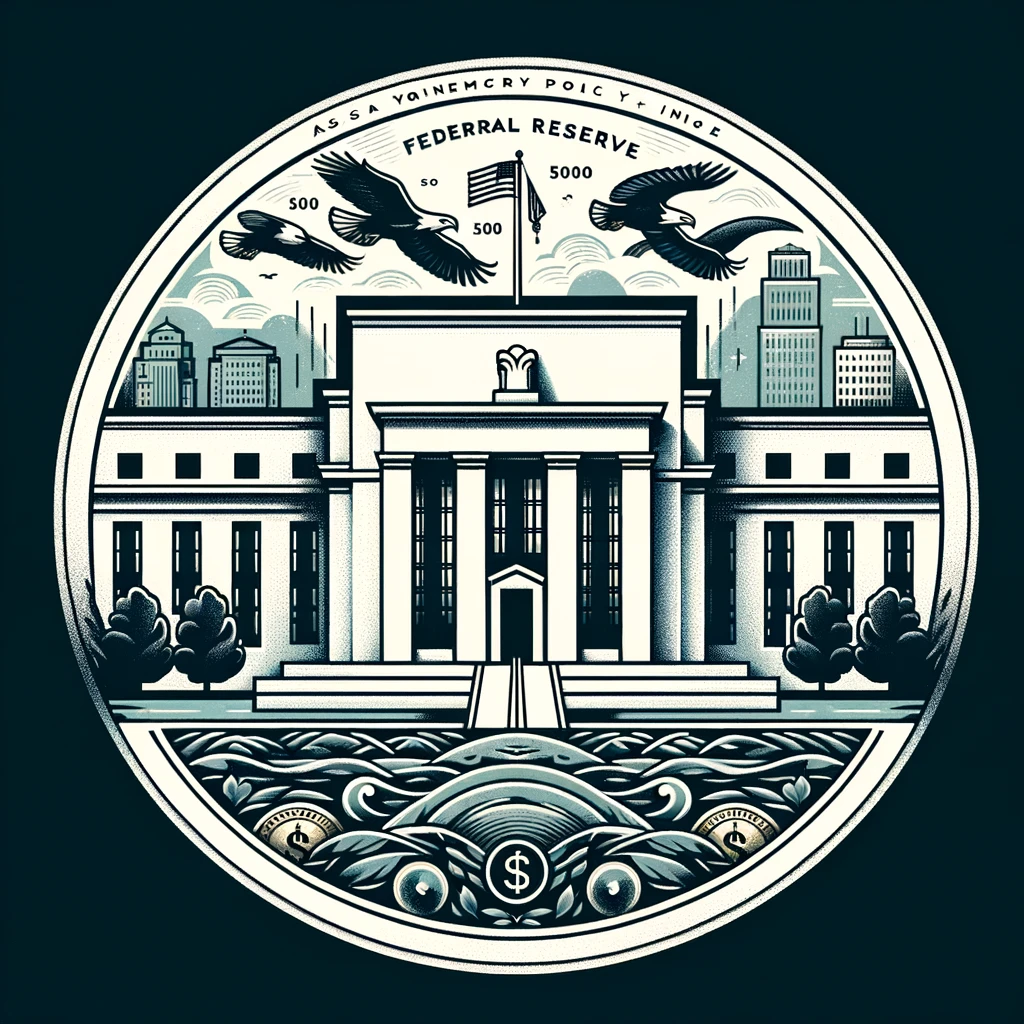As the Federal Reserve’s Federal Open Market Committee (FOMC) prepares for its May meeting today (1800GMT) expectations for a major shift in monetary policy have been tempered. At the start of 2024, many economists anticipated that the Fed would begin preparing for potential rate cuts in light of a disinflationary environment. However, inflation has remained stubbornly high, and the economic outlook now looks different.
Inflation and the Prospect of Rate Cuts
Inflation continues to surpass the Fed’s 2% target, with projections indicating that it could reach 4.5% by March 2025. This persistent inflation, coupled with a robust labor market where unemployment remains below 4%, suggests that the likelihood of rate cuts has diminished significantly. As inflationary pressures refuse to abate, the Fed is expected to maintain higher interest rates for a more extended period.
Given this context, rate cuts could be postponed well into the year, if not canceled altogether. Fed Chair Jerome Powell has emphasized that a period of slower economic growth may be required to bring inflation down to target levels. The central bank remains cautious about the risks of moving too quickly towards easing policy.
Policy Considerations and Market Reactions
The FOMC is also considering the broader implications of its monetary policy beyond interest rates, particularly around the size and composition of the Fed’s balance sheet. Shrinking the balance sheet too quickly could lead to market instability, as evidenced by previous incidents in 2019 when the repo rate surged unexpectedly. Therefore, any changes to the Fed’s balance sheet reduction strategy will be closely watched for their potential impact on credit markets.
Scenarios for the Dollar
- Scenario 1: Fed Signals More Aggressive Policy Tightening
If the FOMC signals a more aggressive stance to counter inflation by tightening policy further, the dollar is likely to strengthen. Market expectations of extended high-interest rates could result in an inflow of foreign investments into dollar-denominated assets, driving up the dollar’s value. - Scenario 2: Gradual Policy Shift and Status Quo
Should the Fed maintain its current policy trajectory without signaling any significant change, the dollar may remain relatively stable albeit firmer. Investors may interpret a status quo stance as a signal that the Fed believes inflation is controllable within the current framework. - Scenario 3: Dovish Signals
While unlikely, if the FOMC unexpectedly provides dovish signals, hinting at potential rate cuts or a slowing of balance sheet reduction, the dollar could weaken. This scenario would suggest a shift in focus towards economic growth, potentially undermining confidence in the dollar’s strength.
Impact on Consumers and Investors
For consumers, the anticipated persistence of higher interest rates underscores the importance of managing high-interest debt and building financial reserves. Attractive rates on savings products provide opportunities to grow funds, even amid economic uncertainty.
Investors will be closely monitoring the FOMC’s decisions for indications on future policy directions. Given the inflationary environment and robust labor market, today’s meeting will provide critical insights into the Fed’s assessment of the economy and its strategy for maintaining financial stability while addressing inflation.
Overall, today’s FOMC meeting will provide important insights into the Federal Reserve’s thinking on inflation and monetary policy, shaping expectations for the dollar’s trajectory in the months ahead.




